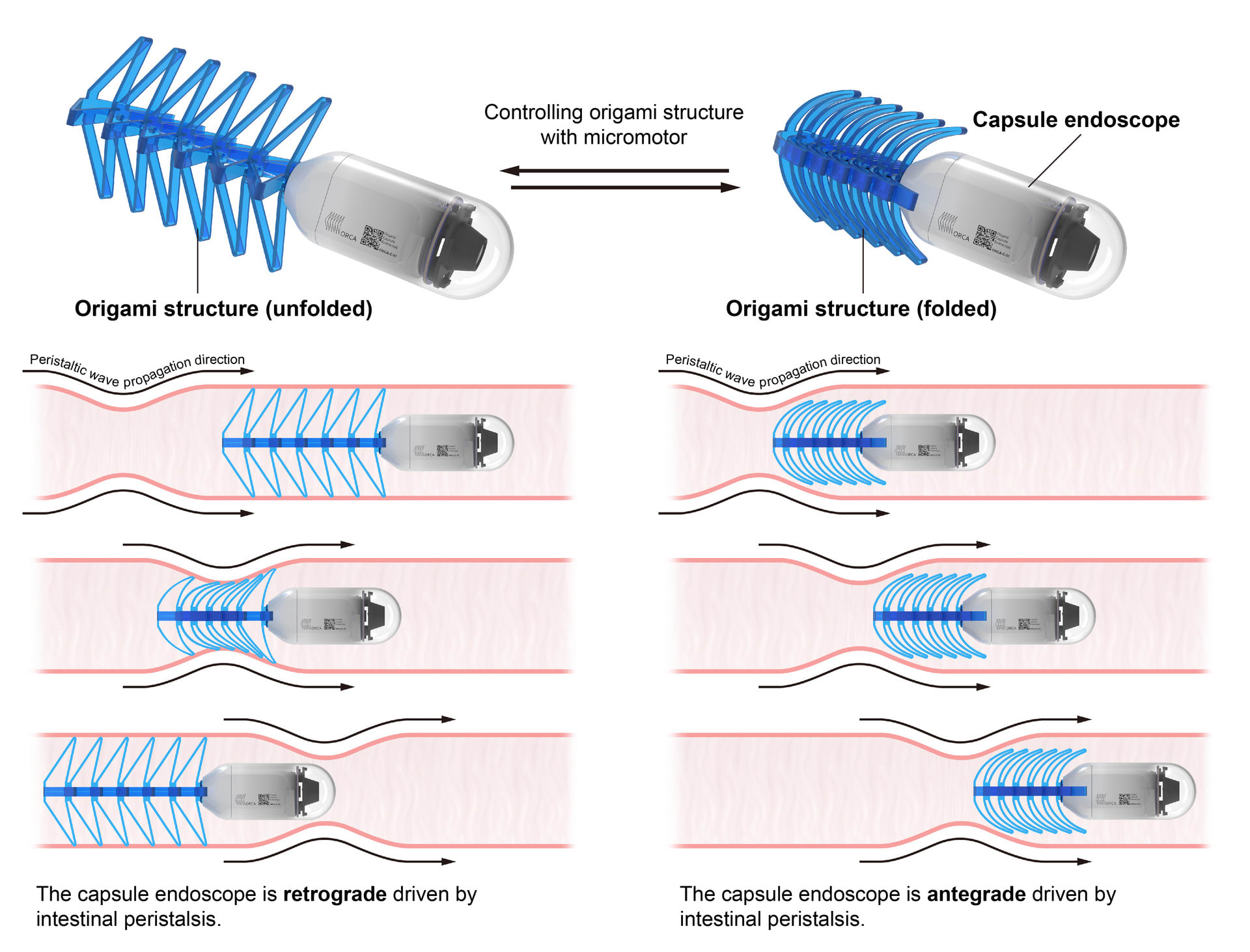Yukun Ge is a dual-degree master student in Innovative Design Engineering at Imperial College London and Royal College of Art. In 2020, he graduated from Beijing University of Technology with a major in Industrial Design, and went to the University of Nottingham as an exchange student in Human-Computer Interaction.
Yukun's main research interests are origami robotics, soft robotics and bionic structures. In 2021, he joined the Morph Lab of Dyson School of Design and Engineering, and his main research directions are origami robots and tactile sensors.
In February 2022, his research "Origami Inspired Design for Capsule Endoscope to Retrograde Using Intestinal Peristalsis" was published in IEEE Robotics and Automation Letters, Volume 7, Issue 2 and at the 2022 IEEE 5th International Conference on Soft Robotics (RoboSoft), April 4-8, Edinburgh.







